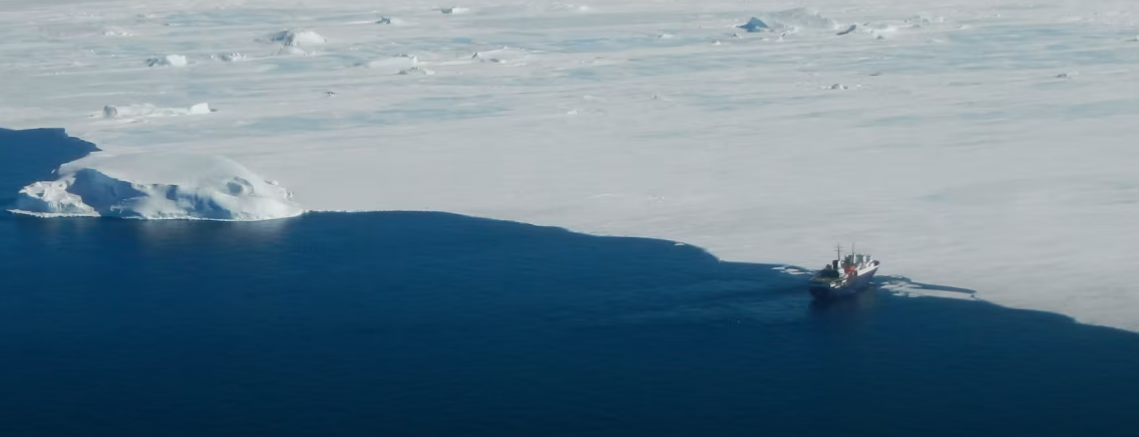Antarctica is facing rising levels of pollution as a sharp increase in tourists and research activity releases heavy metals into its snow, a new study published in Nature Sustainability has found.
In areas of high human presence, the concentration of fine particles containing nickel, copper, zinc and lead is now 10 times higher than it was four decades ago, researchers said. The contamination stems largely from fossil fuel combustion by ships, aircraft, vehicles and support infrastructure.
Tourism has expanded rapidly, with annual visitors rising from 20,000 to 120,000 over the past 20 years, according to the International Association of Antarctica Tour Operators. Scientists warned that pollutants from these trips accelerate melting in vulnerable areas.
“Snow melts faster in Antarctica due to the presence of polluting particles in areas frequented by tourists,” said study co-author Raul Cordero of the University of Groningen. “A single tourist can contribute to accelerating the melting of around 100 tons of snow.”
An international research team, including scientists from Chile and Germany, conducted measurements over a 2,000-kilometre transect across Antarctica during four years of fieldwork. Their findings showed that long-term scientific expeditions can have up to 10 times the impact of a single tourist.
The study cited some progress, including a ban on highly polluting heavy fuel oil and the introduction of electric-hybrid ships. But it said more must be done, urging a faster transition to renewable energy and a reduction in fossil fuel use to protect the continent’s ecosystems.
The warning came as a separate Nature study highlighted the risk of irreversible changes in Antarctica driven by climate change, potentially raising sea levels by metres and bringing what researchers called “catastrophic consequences for generations.”


